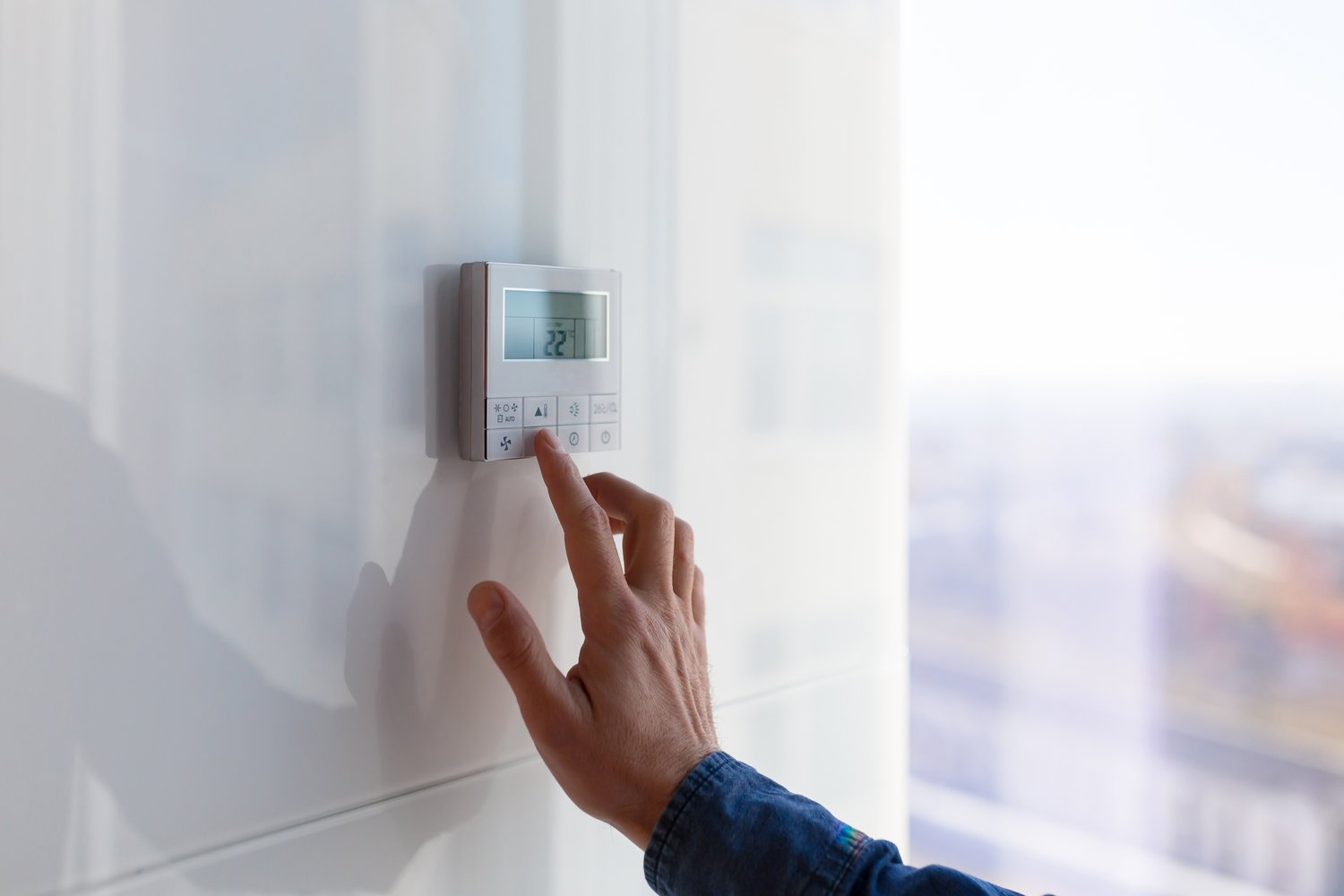Your home’s heating, ventilation, and air conditioning (HVAC) system works tirelessly behind the scenes to keep your living space comfortable throughout changing seasons. Like any complex mechanical system, regular maintenance is essential to ensure optimal performance, energy efficiency, and longevity. Many homeowners wonder about the ideal HVAC service frequency and when to schedule professional maintenance. This article will guide you through recommended service intervals, explain the importance of professional care, and help you establish a maintenance routine that protects your investment.
Understanding the Importance of Regular HVAC Maintenance
Your HVAC system represents a significant investment in your home’s comfort and value. Without proper maintenance, even the highest quality systems will gradually lose efficiency, consume more energy, and potentially develop costly problems. Regular professional AC maintenance helps prevent unexpected breakdowns, extends equipment lifespan, maintains manufacturer warranties, and ensures your system operates at peak efficiency.
Many homeowners make the mistake of waiting until something goes wrong before calling a technician. This reactive approach often leads to higher repair costs, uncomfortable home temperatures, and premature system replacement. A proactive maintenance schedule that includes regular heating system check ups can identify small issues before they become major problems, saving you money and frustration in the long run.
Beyond financial considerations, well-maintained HVAC equipment provides better indoor air quality by ensuring filters are clean and components are free of dust and microbial growth. This is particularly important for family members with allergies, asthma, or other respiratory conditions who rely on clean, filtered air.
Recommended Service Intervals for Different Systems
The optimal HVAC service frequency depends on several factors, including your system type, age, usage patterns, and local climate conditions. However, most HVAC professionals and manufacturers recommend scheduling comprehensive maintenance at least twice yearly—once before the cooling season and once before the heating season.
For air conditioning systems, professional AC maintenance should ideally occur in early spring before temperatures rise. This service typically includes cleaning condenser coils, checking refrigerant levels, inspecting electrical connections, lubricating moving parts, and testing overall system performance. This preparation ensures your cooling system is ready for the demands of summer.
For heating systems, a furnace tune up schedule should include service in early fall before the first cold snap. During this maintenance visit, technicians will inspect burners and heat exchangers, test safety controls, check gas pressure and connections, clean components, and ensure proper airflow. This comprehensive approach helps prevent mid-winter heating emergencies when you need your system most.
Older systems or those used extensively may benefit from more frequent attention. According to service data collected by AskHomey, HVAC systems over 10 years old are significantly more likely to require emergency repairs when maintenance is neglected, highlighting the importance of consistent professional care for aging equipment.
What Professional Maintenance Typically Includes
A thorough professional HVAC service goes far beyond what most homeowners can accomplish themselves. During a typical maintenance visit, skilled technicians perform a comprehensive inspection and tune-up that addresses all system components.
For cooling systems, professional AC maintenance typically includes cleaning or replacing air filters, checking and adjusting refrigerant levels, cleaning evaporator and condenser coils, inspecting the condensate drain, testing controls and thermostat operation, checking electrical connections, and lubricating moving parts.
The heating system check up portion focuses on inspecting heat exchangers for cracks, testing ignition systems, checking gas pressure and connections, inspecting flue systems for proper venting, cleaning burners, and calibrating safety controls. A complete furnace tune up schedule also includes checking for carbon monoxide leaks—a critical safety measure that protects your family.
Many HVAC companies offer maintenance agreements that schedule these services automatically and often include priority service and discounts on repairs. These plans take the guesswork out of remembering when to schedule maintenance and can provide additional peace of mind.
DIY Maintenance Between Professional Visits
While professional service is essential, there are several maintenance tasks homeowners should perform between visits to keep their systems running efficiently. The most important is regularly checking and changing air filters—typically every 1-3 months depending on filter type, pets, allergies, and air quality.
You can also keep outdoor units clear of debris, ensure indoor vents remain unobstructed, and visually inspect visible components for any obvious issues. However, these activities complement rather than replace the comprehensive inspection and adjustment that comes with professional maintenance.
Maintaining awareness of how your system normally operates can help you identify changes in performance, unusual noises, or odors that might signal developing problems. Early detection through regular observation between professional visits can prevent small issues from escalating.
The Cost-Benefit Analysis of Regular Maintenance
Some homeowners hesitate to invest in regular maintenance due to upfront costs. However, when analyzing the long-term financial impact, professional service typically pays for itself through improved efficiency, fewer repairs, and extended equipment life.
A well-maintained HVAC system operates 15-20% more efficiently than a neglected one, translating to lower monthly energy bills. Additionally, most major equipment failures result from small, unaddressed issues that professional maintenance would have detected early. The cost of twice-yearly maintenance is significantly less than emergency repair services or premature system replacement.
For more tips and to connect with reliable home service professionals, follow AskHomey on Facebook and Instagram.



